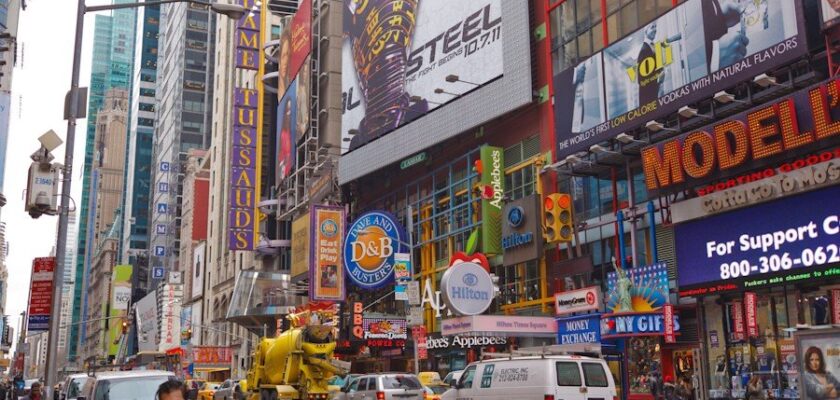Broadway
Broadway is not only the main street of New York City, and possibly the entire United States, it is also the record holder among streets in terms of length. The road runs through the entire city and goes further north, passing small towns, it stretches all the way to Albany. But even directly in New York, Broadway is amazingly long, there are few people who will walk at least half of the street in one day.
.Broadway bears little resemblance to the main street arteries of other metropolises, such as Nevsky Prospect or the Champs Elysees. Broadway does not have super fancy hotels, the city’s major museums, or government offices. Broadway is primarily associated with neon lights, shimmering advertisements, and showy spectacles, and the street generally lives up to such expectations.
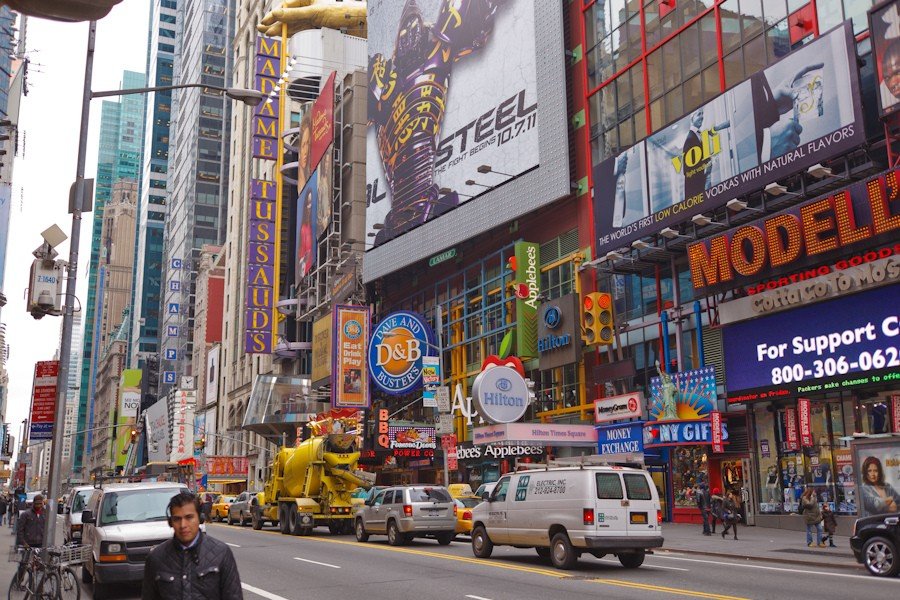
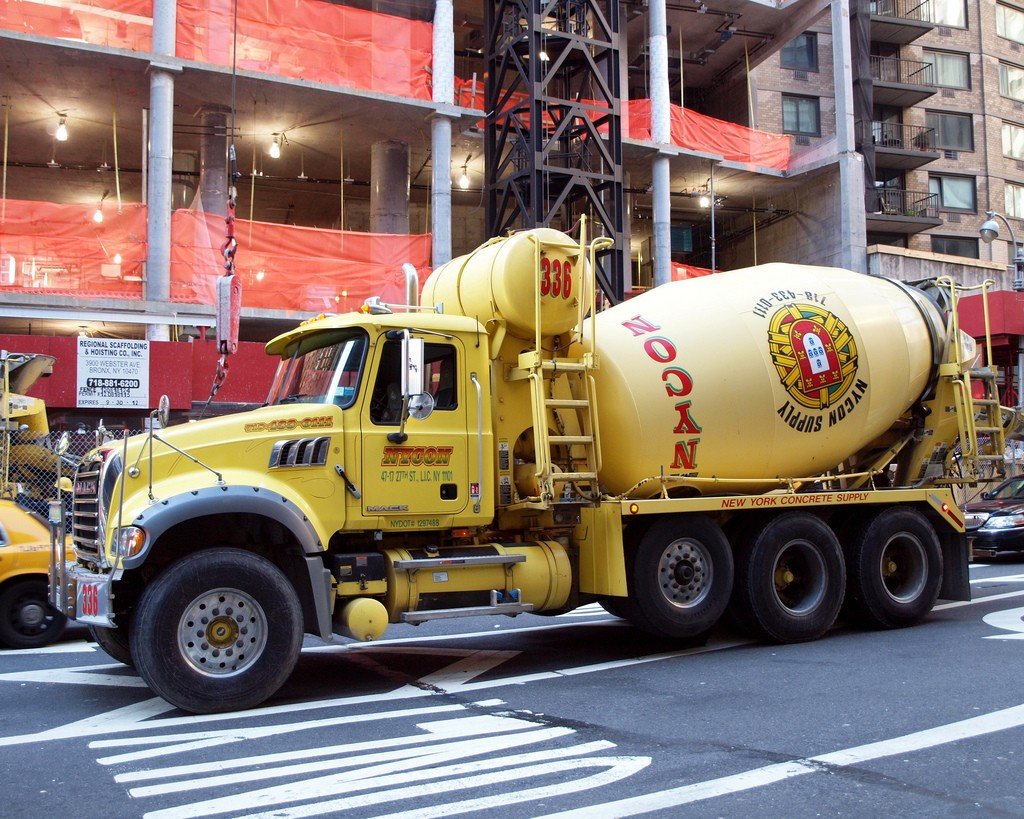
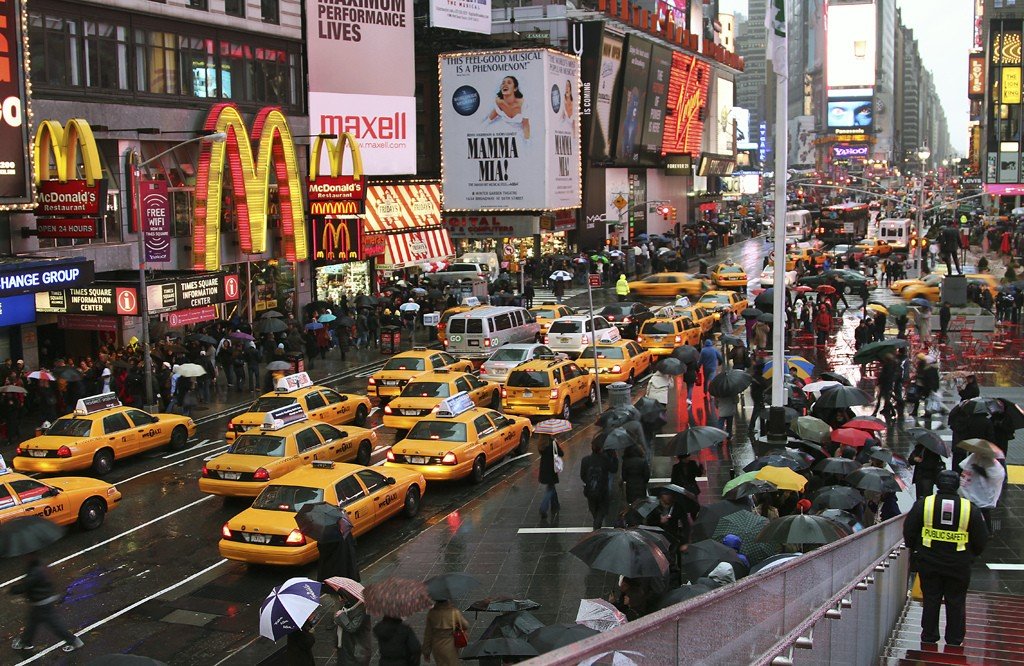
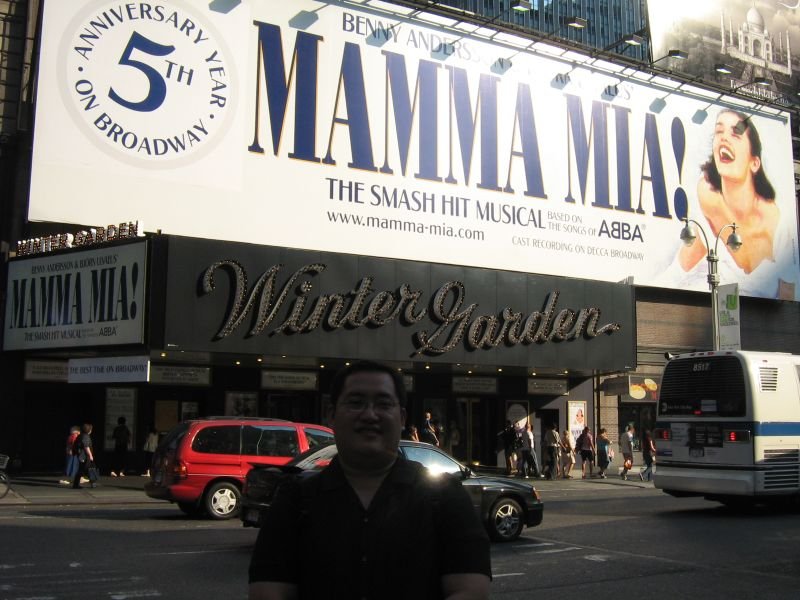
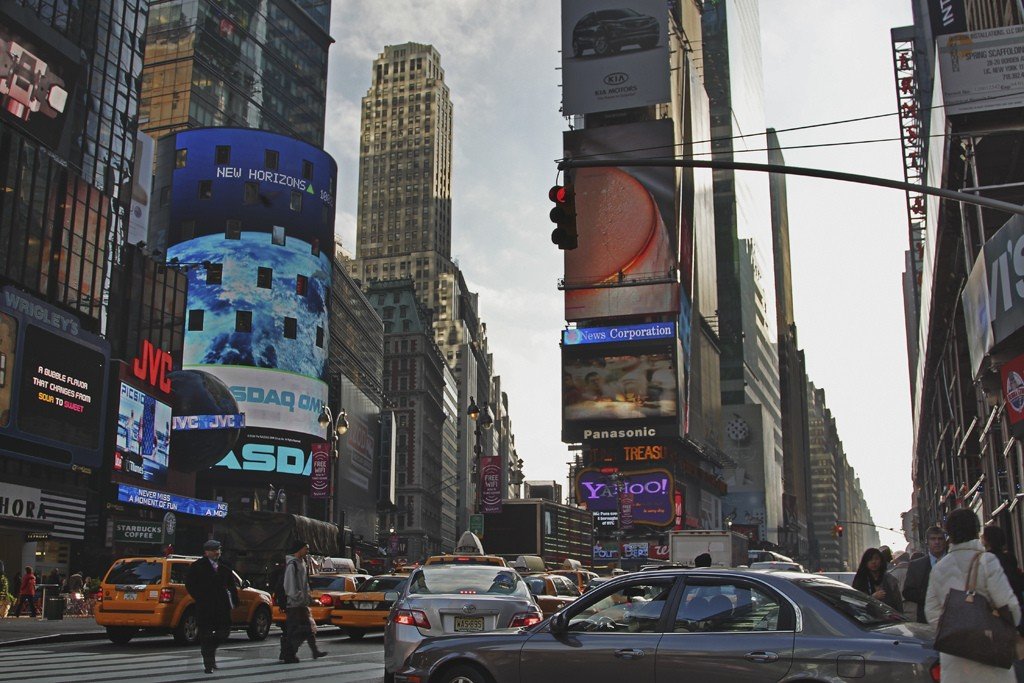
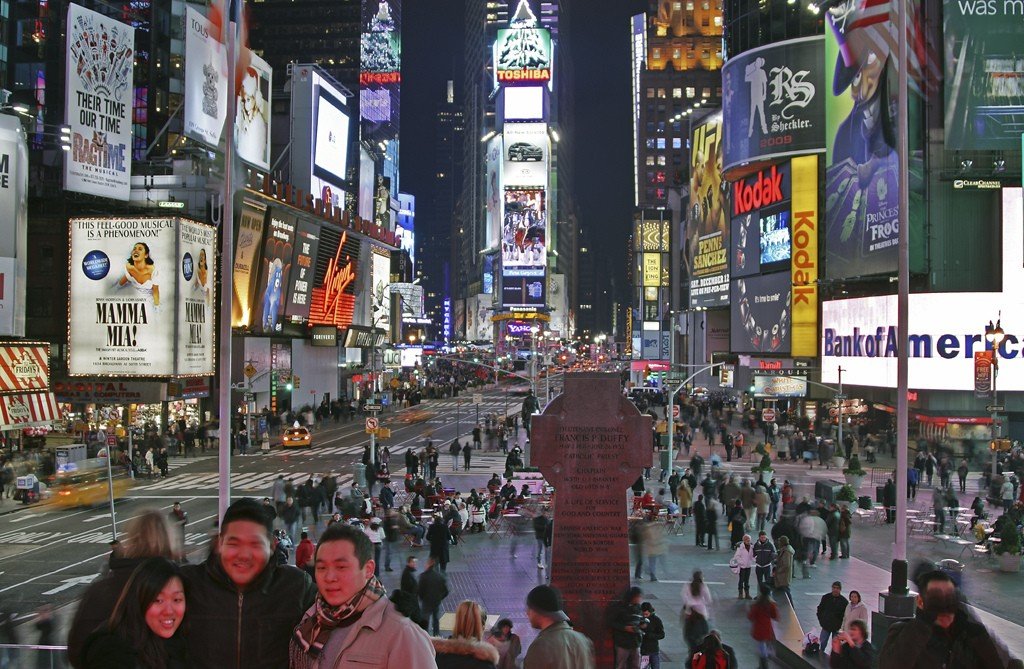
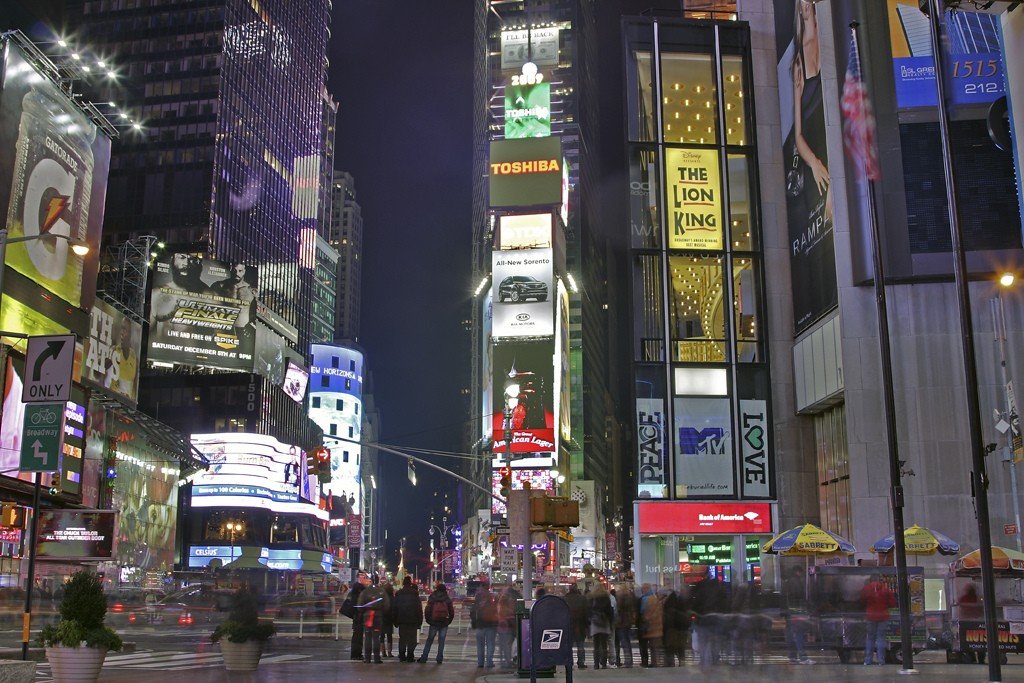
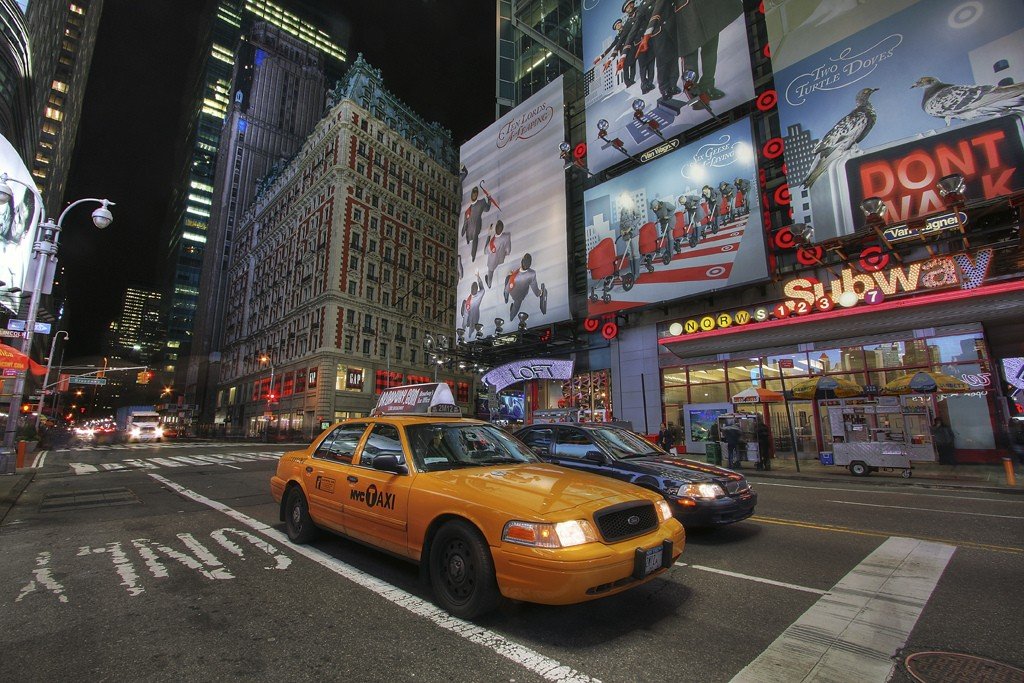
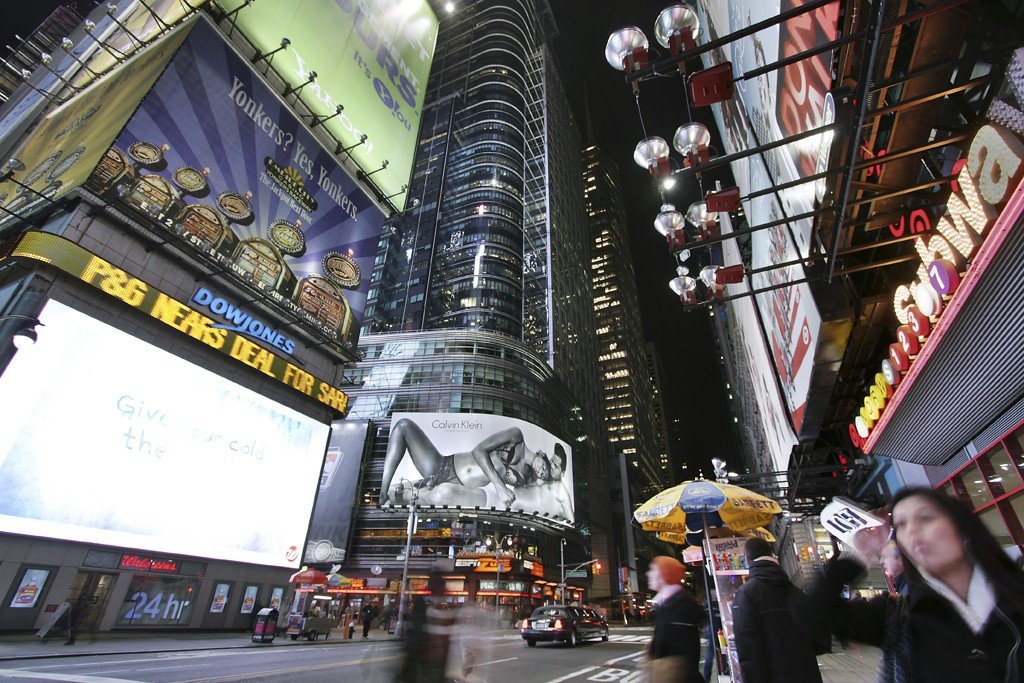
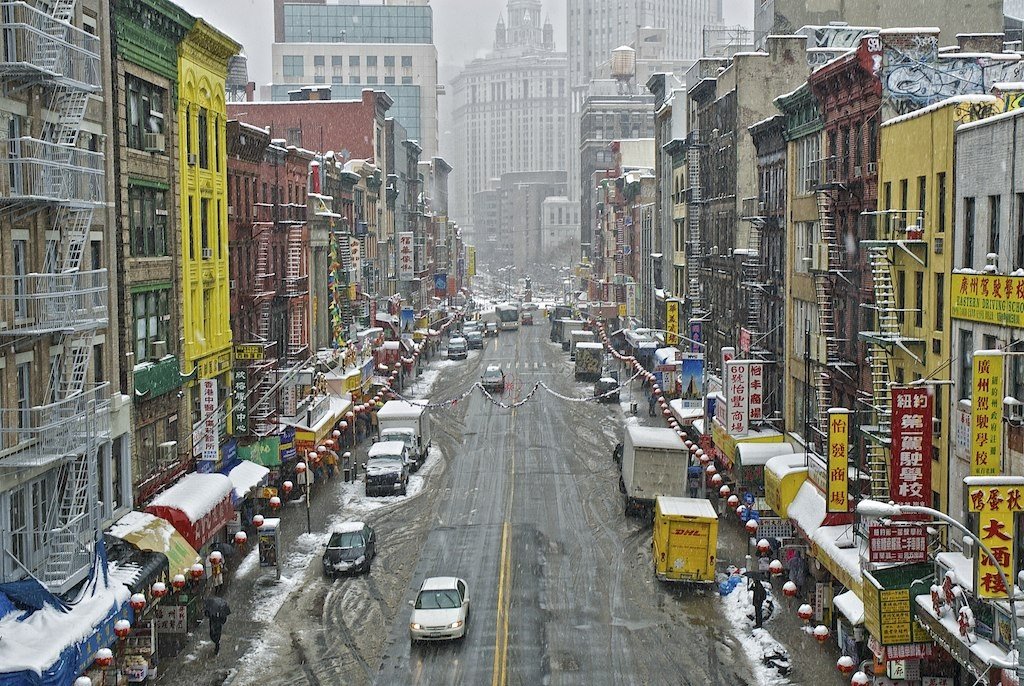
Video: Around Broadway by car
History
Broadway got its original appearance before Columbus discovered America. The outlines of the “wide road” completely repeats the path of the Indians, which connected the northern and southern halves of the island, when it was still covered with dense forest. When the Dutch came here in the 20s of the 17th century, the importance of the Indian trail increased greatly. The first two European settlements on the island, Harlem and New Amsterdam, were connected by the future Broadway. After New Amsterdam became New York City, and the English took power in these parts from the Dutch, the street received its current, proud name, Broadway.
.
In the late 18th century, after the War of Independence and the formation of the new nation, New York City began to develop rapidly. Having been the capital of the United States for a short time, to be exact one year, the city becomes the economic center of the state. In 1792 in New York opens the world-famous Exchange, and a little later, the city becomes the most densely populated center of America, it is constantly inhabited by more than 60 thousand people, and on a meager territory. Naturally, it could not last long, and in the beginning of the 19th century, a city planning plan was developed, and it was very extensive and impressive. According to this plan, the natural landscape of the island was to be almost completely destroyed, and its place was to be taken by a clear, well thought-out urban grid.The Face of Broadway
In general, the architects’ idea was realized, and only Broadway, stands out from a number of straight and regular streets. Broadway left only the right of way for turns and curves. The southern beginning of Broadway, located on the outskirts of Manhattan, is very reminiscent of old European streets. It is perhaps the place that most brings to mind Broadway’s colonial past. It is also home to Manhattan’s oldest green square, Bowling Green. In the old days, a statue of George the Third stood in the center of the square, and the neighborhood’s venerable people liked to gather in the square to play bowling green, which is what gave it its name. Not so long ago, a plaque on the fence of the square said that the island of Manhattan was bought from a tribe of Indians for a shipment of goods equivalent to 60 guilders, and it happened on this very spot. By the way, about the Indians tells the most significant architectural monument of this part of Broadway, the National Museum of the American Indian, located in the building of the former customs house, built in the very beginning of the 20th century.
.
The second symbol of South Broadway, on the contrary, reminds us of current values. It is a bronze bull, moved to the neighborhood from the Exchange building. “The bull” symbolizes an active broker playing for the upside when the stock market is stable, so this sculpture represents business success and prosperity. In the Broadway area near the Exchange, it is always very crowded, because tourists are interested to see how the financial pendulum of the United States works. In addition, the world-famous Twin Towers have recently risen here. On the other side of Broadway is the Church of the Holy Trinity, which was once the largest building in the city and is a landmark for ships arriving in the city.
.
The intersection of Broadway with 81st Street marks New York City’s premier grocery store. The assortment of foodstuffs represented there is so vast that one’s eyes run wild. On the second floor of the store, sells a variety of kitchenware, the world’s best brands.
.Broadway Theater Life
Since the late 19th century, the city’s theater life has had a home on Broadway. Several dozen theatrical performances, mostly musicals, are staged on Broadway every night. Play in the numerous theaters of Broadway, the dream of any artist. Chaliapin has sung there, Tchaikovsky has conducted there, Rachmaninoff has played there, and many other iconic personalities.
.
In every theater, on almost any day, full houses. Although the ticket price is not small at all, it is definitely worth it to visit one of the musicals. About Broadway and its attractions can be told for hours, although not for nothing they say, it is better to see once than to hear a hundred times. When visiting New York, not to visit Broadway is a kind of crime.
.